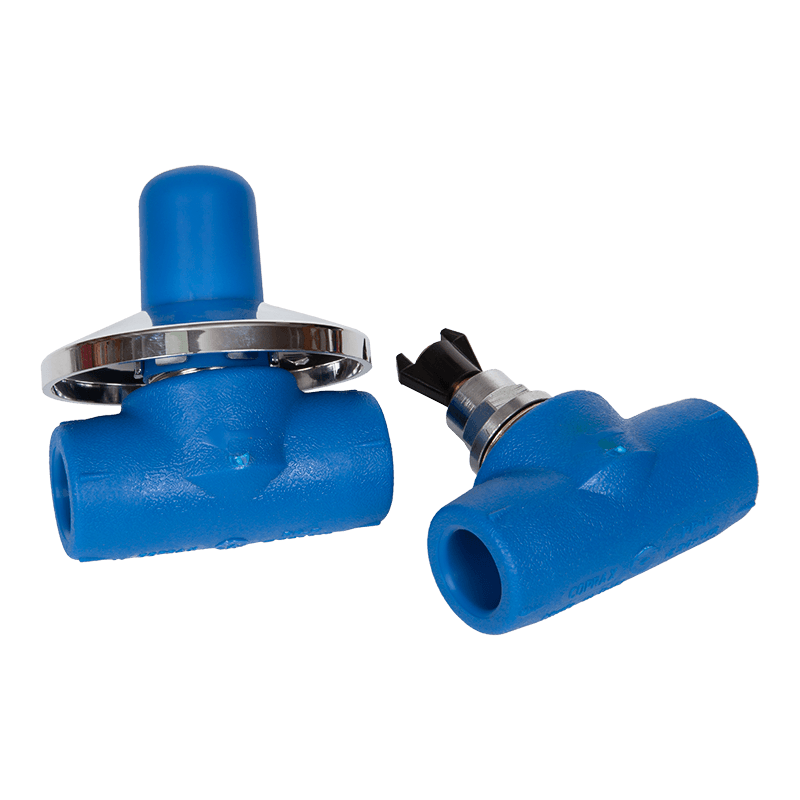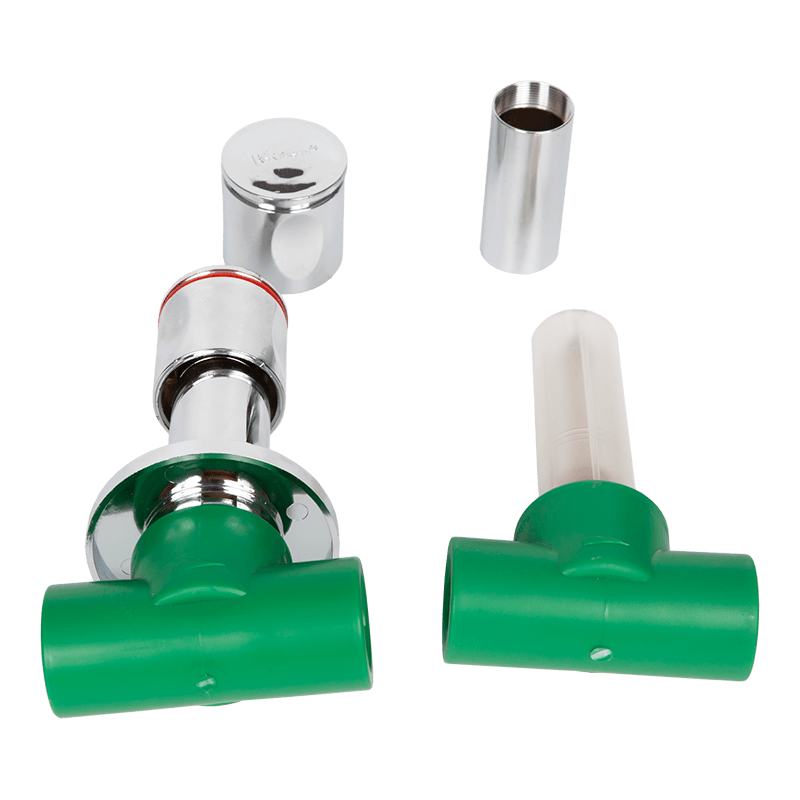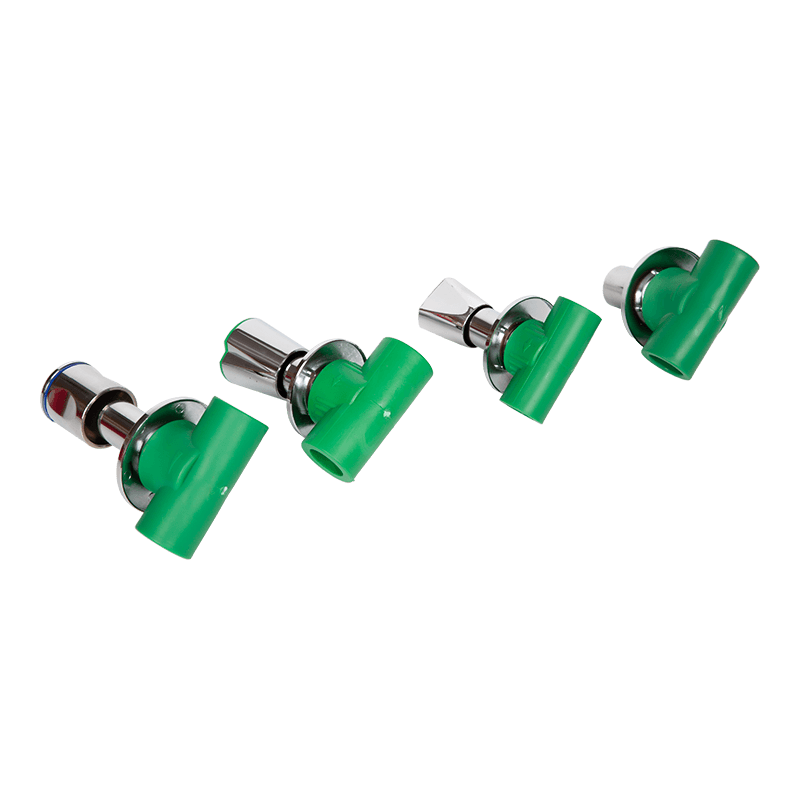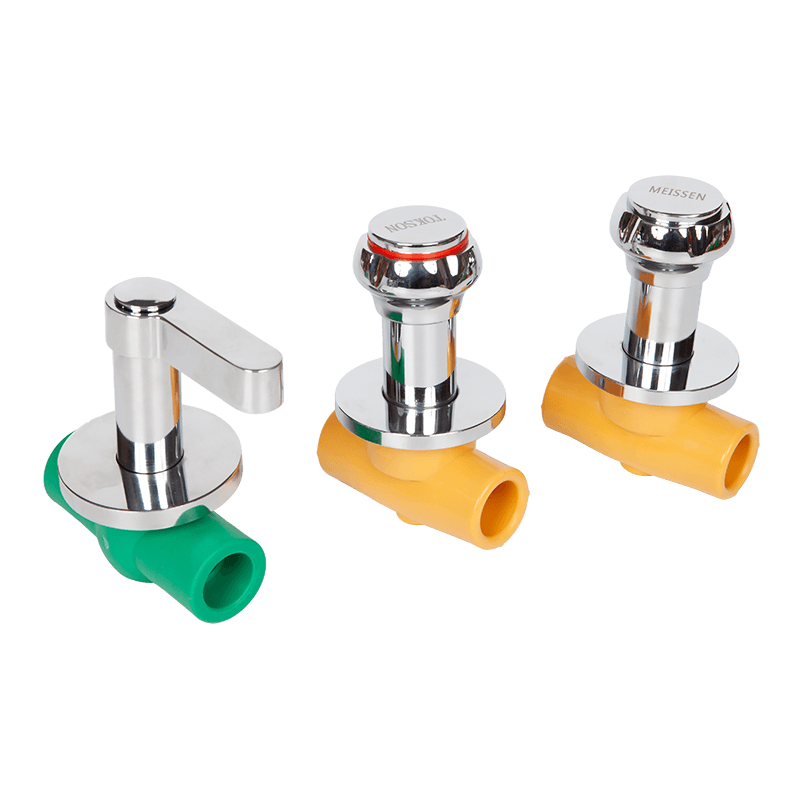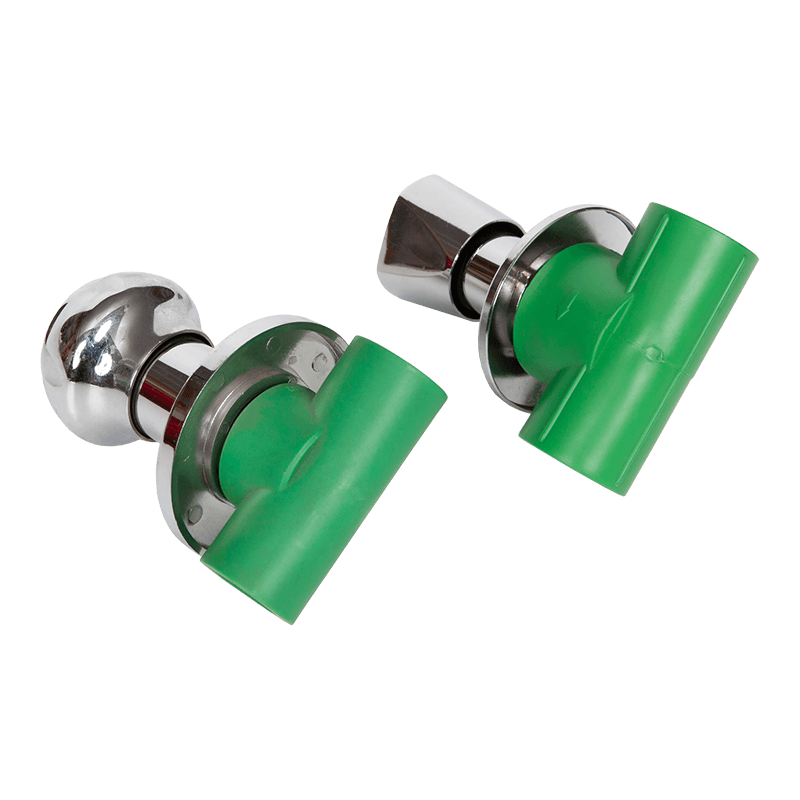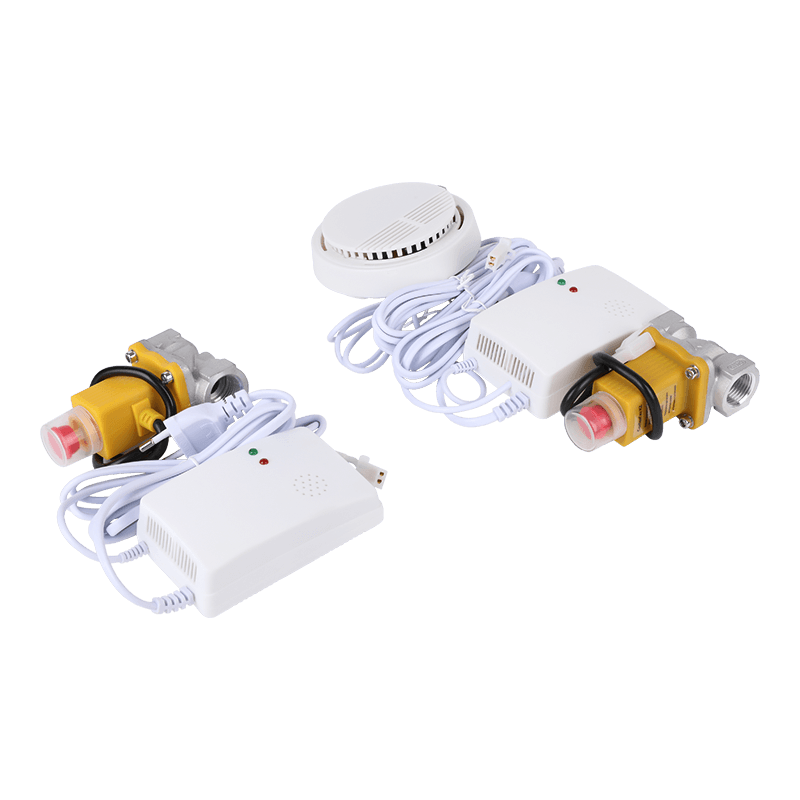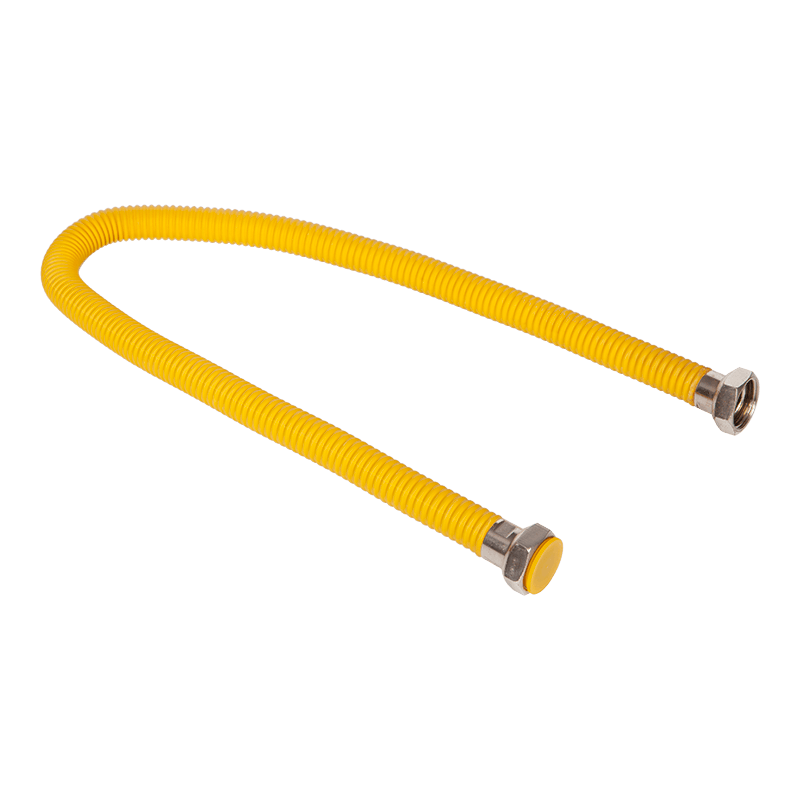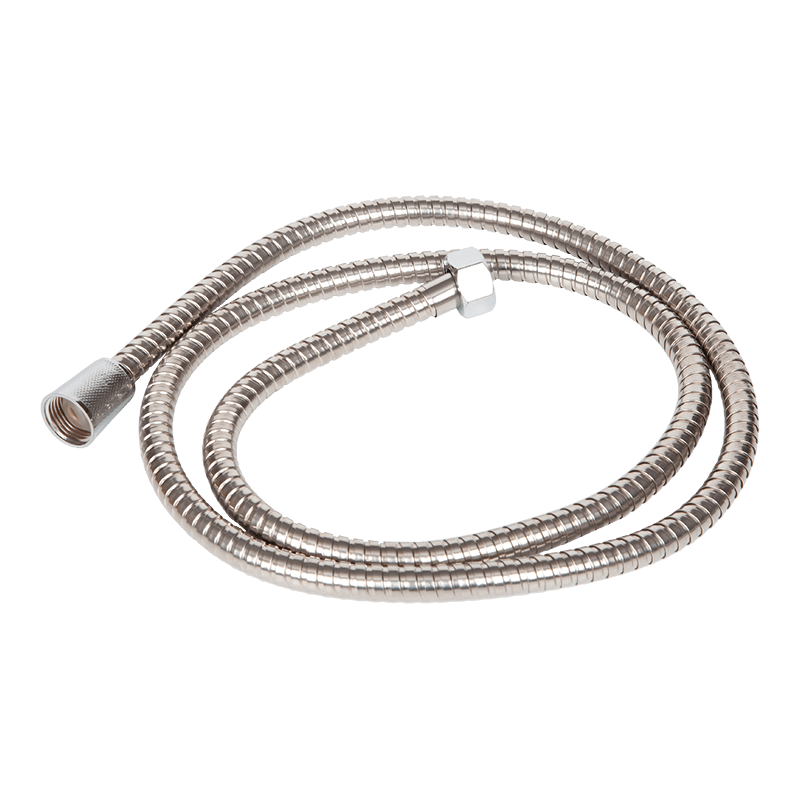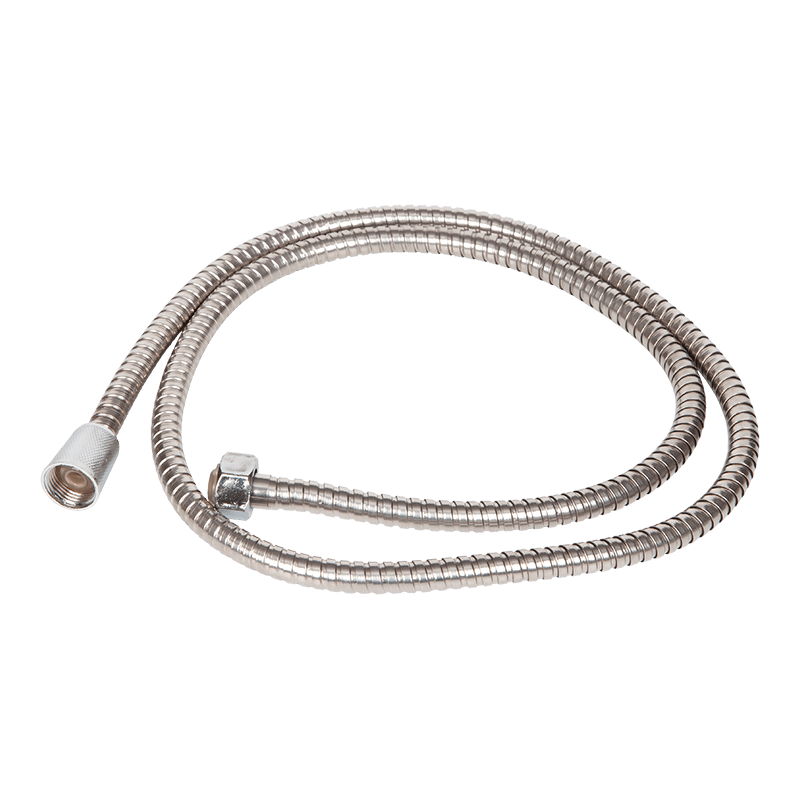Overview of Thermostatic Radiator Valves
Thermostatic radiator valves (TRVs) are devices installed on radiators to regulate the flow of hot water based on the room temperature. Unlike standard manual valves, TRVs can adjust automatically to maintain a desired temperature by opening or closing the water flow as needed. They are widely used in residential and commercial heating systems to enhance comfort and manage energy consumption. The effectiveness of TRVs in regulating heat can influence not only the room temperature but also the overall operation and efficiency of the heating system.
How TRVs Work Within a Heating System
TRVs operate using a thermostatic sensor, usually a wax or liquid-filled capsule, which expands or contracts in response to temperature changes. When the room reaches the set temperature, the valve partially closes to reduce water flow to the radiator. Conversely, if the room cools, the valve opens to allow more hot water in. This mechanism ensures that each radiator only provides heat when necessary, helping balance the system’s load and potentially reducing unnecessary energy use. However, the adjustment must be gradual and coordinated with the boiler or central heating control to prevent pressure fluctuations or uneven heating.
Impact on Energy Efficiency
Installing TRVs can significantly influence the energy efficiency of a heating system. By preventing overheating in individual rooms, they reduce wasted heat and lower fuel consumption. When multiple TRVs are installed throughout a building, the heating system operates more efficiently because hot water is directed only to radiators that require it. This distribution can also reduce the boiler’s workload. However, improper sizing or installation of TRVs can create imbalances, where some radiators receive insufficient flow while others are over-supplied, potentially reducing the system’s overall performance.
Influence on Room Comfort
TRVs directly affect room comfort by maintaining consistent temperatures. Each valve can be set independently, allowing different rooms to achieve the desired warmth without manual adjustments. For example, bedrooms can be kept cooler while living areas remain warmer. Properly configured TRVs contribute to overall comfort and prevent rooms from becoming too hot or too cold. In contrast, if valves are incorrectly set or obstructed, it may result in uneven heating, requiring additional adjustments at the central heating unit.
System Balancing Considerations
A critical factor in TRV performance is hydraulic balancing. Balancing ensures that water pressure is appropriately distributed among all radiators. When TRVs restrict flow in one room, the system must compensate by adjusting flow elsewhere. Without proper balancing, certain areas may remain underheated while others receive excessive heat. In larger systems, combining TRVs with manual lockshield valves helps maintain uniform water distribution and preserves overall system performance.
Maintenance and Long-Term Performance
The efficiency of TRVs can decline over time due to dirt buildup, corrosion, or mechanical wear. Regular inspection and cleaning are essential to maintain proper function. Additionally, ensuring that thermostatic heads are free from obstructions, such as curtains or furniture, is important for accurate temperature sensing. Poor maintenance can cause the valves to stick open or closed, leading to uneven heating and higher energy consumption, which negatively impacts the heating system’s overall performance.
Integration with Modern Heating Controls
TRVs can be integrated with smart thermostats and zone controls to further optimize system performance. By communicating with a central control unit, TRVs adjust heating based on occupancy, time schedules, or outdoor temperature. This integration allows for more precise energy management and enhances system responsiveness. However, the system must be properly configured to prevent conflicts between TRVs and central thermostats, as inconsistent control signals can reduce heating efficiency and comfort.
Common Issues and Mitigation Strategies
| Issue | Description | Mitigation |
|---|---|---|
| Stuck Valve | The TRV may remain open or closed due to debris or wear | Regular cleaning and inspection; replace faulty valve components |
| Incorrect Settings | Thermostatic heads set too high or low | Calibrate TRVs according to desired room temperatures |
| Hydraulic Imbalance | Unequal water distribution due to multiple TRVs | Perform hydraulic balancing using lockshield valves |
| Sensor Obstruction | Curtains or furniture block the thermostatic sensor | Ensure sensor is exposed to ambient room temperature |
| Boiler Compatibility | Central heating system not responding correctly to TRV adjustments | Adjust system settings; consult manufacturer guidelines |
These strategies help maintain the intended performance of TRVs and ensure that the overall heating system operates efficiently.
Overall Influence on Heating System Performance
While TRVs can improve energy efficiency and room comfort, their impact on overall system performance depends on proper installation, configuration, and maintenance. Correctly sized and balanced TRVs allow the heating system to respond efficiently to room demands, reducing boiler cycling and optimizing fuel usage. Conversely, misconfigured or poorly maintained TRVs can disrupt flow balance, increase energy use, and cause temperature inconsistencies, highlighting the importance of system-wide considerations when implementing TRVs.

 LANGUAGE
LANGUAGE  English
English русский
русский 中文简体
中文简体
